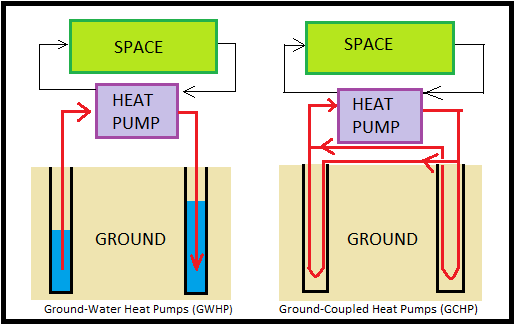
As you know, Cx Associates’ work focuses on making buildings perform better for occupants, operators, owners, and for the planet. A common metric we use to assess building performance is the energy use intensity (EUI) which Katie has discussed in her recent blog posts. While attending the recent IEPEC Conference in Denver, I had a discussion with someone familiar with Xcel Energy’s work to be a net zero carbon utility in the relatively near future. We realized that EUI is an insufficient metric for guiding energy program investments at their customer sites. Ultimately, to drive carbon emissions down to a sustainable level that will halt and begin to reverse the climate crisis we are currently in, we need to track energy intensity while also focusing on carbon emissions intensity (CEI) at a building level. Cities and states that have adopted carbon reduction goals will do well to focus on reducing the CEI of their building stock through energy efficiency, fuel switching, and renewable energy generation.
Energy programs have typically been siloed, with energy efficiency programs prohibited from helping customers develop comprehensive solutions. Efficiency is extremely cost effective and helps drive building loads down so that they can be readily met with renewable sources. As Rocky Mountain Institute shows, we have saved 2,589qBTU since 2015, while the growth in renewable generation has been 87qBTU over the same period.
Much of the savings cited above came for lighting-based energy efficiency programs. We are seeing the rapid transformation of the lighting market to LEDs which means, the largest remaining opportunities in buildings are more challenging to harness. For commercial buildings, a focus on building envelop and HVAC systems will reduce both the EUI and the CEI associated with buildings using fossil fuel heat. When we use CBEC’s data to examine the EUI’s of buildings in New England, where our building efficiency work is focused, we find that 55% of the building energy consumption is for HVAC – providing comfort and ventilation to building occupants, 43% of building energy use is for heating and only 8% is for lighting[1].
energy efficiency programs. We are seeing the rapid transformation of the lighting market to LEDs which means, the largest remaining opportunities in buildings are more challenging to harness. For commercial buildings, a focus on building envelop and HVAC systems will reduce both the EUI and the CEI associated with buildings using fossil fuel heat. When we use CBEC’s data to examine the EUI’s of buildings in New England, where our building efficiency work is focused, we find that 55% of the building energy consumption is for HVAC – providing comfort and ventilation to building occupants, 43% of building energy use is for heating and only 8% is for lighting[1].
Current energy efficiency programs focus on generating a reduction in the electricity and, in some cases, natural gas used at a site. Going forward, we need programs that focus on driving down the sites’ CEI to move us towards climate stabilization. This means that the focus needs to shift from putting in widgets that generate relatively small amounts of savings to taking a more comprehensive approach in addressing building energy use, which supports switching from fossil fuel to electricity as a heating fuel and supports the use of on-site renewables to minimize the carbon emissions associated with the electricity generation.
 Duane Peterson, CEO of SunCommon, suggested that Cx Associates develop a model similar to that of his company, where we make building optimization, coupled with solar, a cash neutral investment for our customers. Independently, two of our staff came up with a similar idea after listening to Hunter Lovins talk about regenerative economics at the IEPEC conference. CEI will be a key tool in identifying the most cost-effective, climate responsible package of investments for our clients.
Duane Peterson, CEO of SunCommon, suggested that Cx Associates develop a model similar to that of his company, where we make building optimization, coupled with solar, a cash neutral investment for our customers. Independently, two of our staff came up with a similar idea after listening to Hunter Lovins talk about regenerative economics at the IEPEC conference. CEI will be a key tool in identifying the most cost-effective, climate responsible package of investments for our clients.
Do you know of anyone who is offering turn-key services to drive commercial buildings to net zero energy or net zero carbon?If so, let us know, we’d love to learn from anyone who is leading the market in this way.
[1] https://www.eia.gov/consumption/commercial/data/2012/index.php?view=consumption#e1-e11


